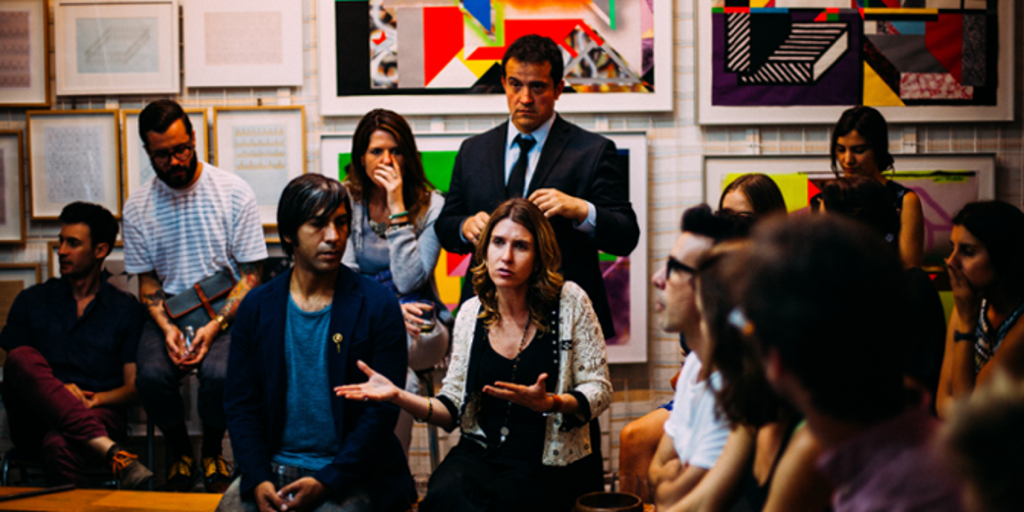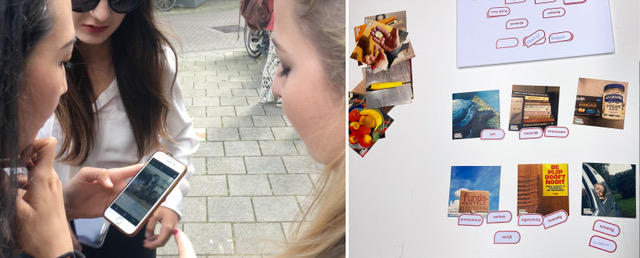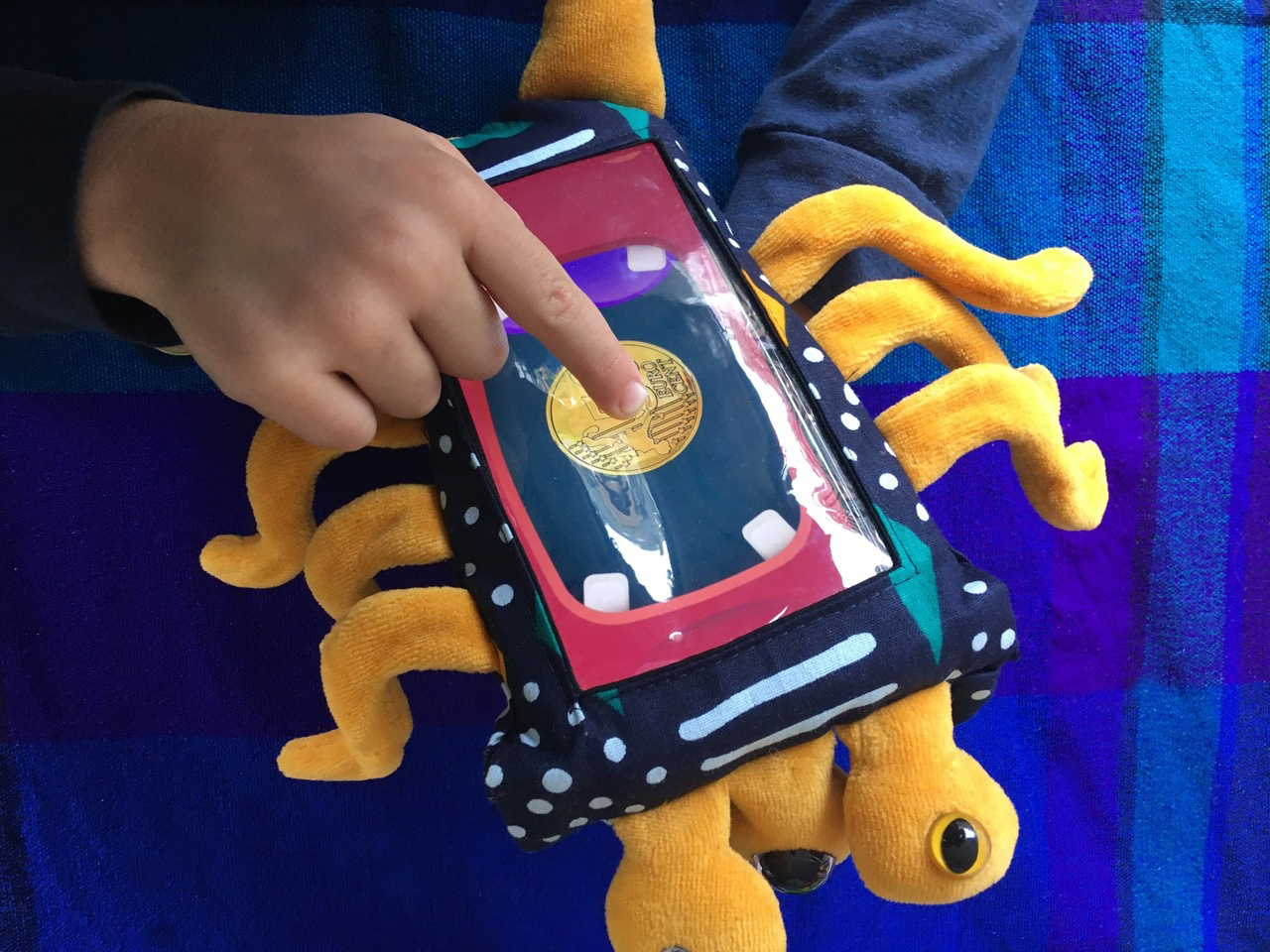Here are the CivicIxD researchers that are currently following a PhD or PD Tracks:

The Art of the Mediated Dialogue: The Role of Ownership, Technology, and Participation in Facilitating Dialogue in Local Communities
Researcher: Nadja van der Weide
Professional Doctorate Track
How can residents be given “ownership” over co-creation processes related to social themes or challenges through a jointly developed creative practice? This question is central to the Professional Doctorate trajectory De kunst van de gemedieerde dialogue (The Art of the Mediated Dialogue) by Nadja van der Weide. Participation or co-creation is often directed by external initiators, where residents are allowed to take part in an approach (or framework) that has been designed for them. The risk is that participation becomes nothing more than a mere formality: a mandatory exercise with little room for the real problems or ideas of the residents.
Van der Weide explores how to restore balance in this relationship and what role creators and neighborhood residents can play in this process. How can they jointly shape practices in which residents, from their own perspective, can take on a more active and agenda-setting role? To achieve this, she develops a layered approach. This begins with small social-artistic interventions and gradually builds up to increasingly larger projects. Inspired by the approach of the Embassy of the North Sea, this process consists of a listening phase, a speaking phase, and a negotiation phase.
Initially, the interventions are accessible and open. For example, in Amsterdam-Noord, Van der Weide co-created a mobile community center called De Ontmoeting (The Meeting). This community center can be used for various resident-driven activities, such as cooking together, baking bread, making a quilt, or creating tile wisdoms for the ‘wall of wisdom’ in Amsterdam-Noord.
Somaesthetic Ephemeral Interfaces
Researcher: Paul Geurts
Pre-Professional Doctorate Track
This research proposes to explore ephemeral, somaesthetic interfaces as a critical design response to emerging challenges in human-computer interaction and digital design education. Rooted in the evolving landscape of the Fifth Industrial Revolution (5IR), the study aims to reconceptualize how digital interfaces mediate human experience, particularly in contexts where visual, auditory, and embodied sensory modalities intertwine. The project envisions interaction not as fixed or purely visual, but as temporally situated, bodily experienced, and contextually embedded. It builds on existing theory and critiques the limitations of traditional usability-driven frameworks (e.g., Norman’s affordances), proposing instead a relational and multisensory mode of design practice.
A component of this research is its practice-based educational framework, grounded in relational ontologies. My position within this research is best described as a form of embedded practice an artist-in-residence situated within the educational and research environment of the Master Digital Design. Through this role, I engage in iterative studio-based teaching while simultaneously contributing to and reflecting on the development of the pedagogic framework and design artefacts. This dual positioning allows me to both guide and learn from students as we co-design ephemeral, context-sensitive interfaces in response to real-world briefs. The classroom thus becomes both a site of inquiry and a lab for experimental design. Using the concept of affordance assemblies dynamic configurations of human, algorithmic, and ecological actors this research investigates how situated design practices can nurture critical reflection and relational thinking. Comparative analysis of student cohorts engaged in guided reflection will support evaluation of how such practices foster socially attuned and critically engaged design competence.
This project offers a dual contribution: first, it advances interaction design theory by integrating somaesthetic experience with ephemerality and relational affordances, thereby extending HCI practices beyond visual dominant into multisensory and socially mediated. Second, it proposes a pedagogic shift that prepares designers not merely as technology producers, but as mediators of complex socio-technical assemblages. The research aligns with the agenda of the Civic Interaction Design and contributes to broader institutional goals of sustainability and inclusion. This study envisions digital technologies not as static tools, but as transient, context-aware interventions that promote communal agency and coexistence. Ultimately, it seeks to shape both the discourse and practice of interaction design in response to the complex techno-social challenges.
——

Facilitating Reflexivity in Design Education with PhotoReflexivity
Researcher: Marije ten Brink
PhD track
Student reflexivity can be enhanced when design students take and discuss self-made photos with each other. However, photo-related activities in education are not utilised to their full potential. This doctoral research introduces PhotoReflexivity as an approach to unlock this potential, by encouraging students to share and interpret self-made photos. It consists of mobile technologies as well as instruments for collaborative use in the classroom. Next to practical artefacts, the research contributes by offering clear definitions of reflexivity and related concepts, a framework and practical steps to scaffold the reflexive process in education, along with design recommendations for reflexivity support. Ultimately, PhotoReflexivity is positioned as a pedagogical approach for fostering reflexivity, crucial for preparing students for their roles as responsible and autonomous design professionals. The research is conducted at the Amsterdam University of Applied Sciences (AUAS) and the Technical University Eindhoven (TU/e).
——

Toys4Therapy
Researcher: Tamara Pinos Cisneros
PhD track
Paediatric occupational and physical therapy exercises often turn out to be uninviting due to its repetitive nature, therefore patients struggle with executing them in the home environment. This research intends to study how already used muscle therapies for children with cerebral palsy can be complemented with playful and engaging interactions that increase motivation supported by behavioural change techniques (BCTs). For this, I am focusing on new technologies, like smart toys (interactive & connected), that can provide personalised hand therapy while improving the play experience, providing the therapists with relevant data and encouraging children to exercise more at home. This research provides an important opportunity to advance the understanding of motivation and playfulness in therapy assisted by new technologies. This is a PhD project executed in collaboration with the ‘Digital Society School’, the Civic Interaction Design Research Group and the Digital Life Centre, at the Amsterdam University of Applied Sciences, the ‘University of Twente’ and ‘Roessingh Rehabilitation Centre’.
More info


